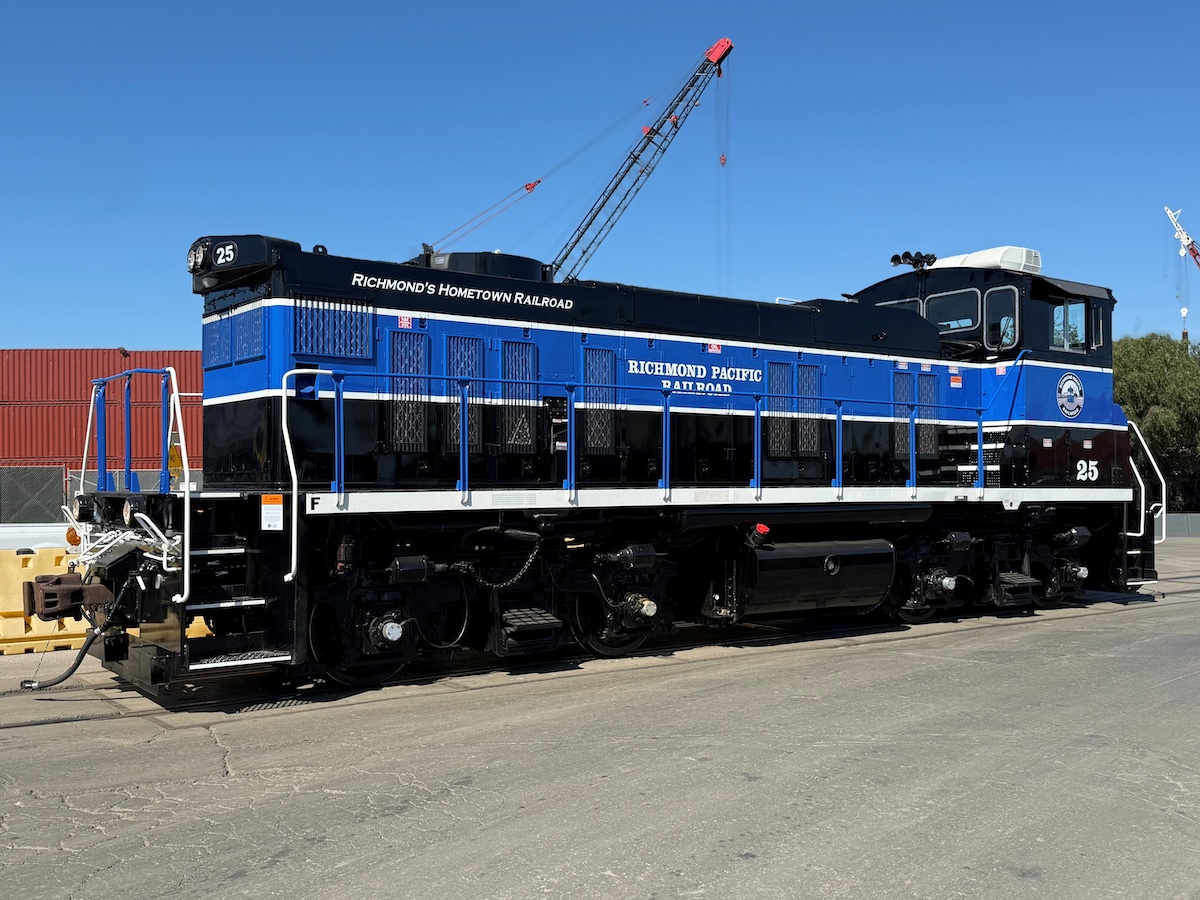
Richmond, CA — The Richmond Pacific Railroad, a division of Levin Richmond Terminal that serves the Port of Richmond and surrounding industries, announced that its active roster now meets full Tier IV emissions standards. This milestone in environmental compliance was achieved through the recent commission of a MP15CC that was repowered by Western Rail, Inc.
In collaboration with the Bay Area Air Quality Management District, the Class III railroad received crucial grant funding that enabled the modernization of locomotive No. 25 — originally built by EMD in January 1982 as MP15DC No. 1370 for the Missouri Pacific Railroad, later Union Pacific. The press release states that the project opted for refurbishment rather than purchasing new equipment. This was possible by adopting a Cummins QST30 engine, supported by a Kato alternator and custom electrical system designed by TMV Control Systems.
“We’re excited to bring this next-generation locomotive into service as part of our commitment to sustainability and innovation,” said Richmond Pacific’s Director of Operations Jeffery Schwab. “Western Rail has been an exceptional partner throughout the process. Their team demonstrated impressive expertise and attention to detail in both the planning and execution of this project.”
“This project is another example of our long-term investment in environmental stewardship and operational excellence,” Levin Richmond Terminal CEO Chris Schaeffer adds. “We’re proud to support a rail operation that not only serves the industrial needs of the region but does so with a clear focus on sustainability and future-ready technology.”






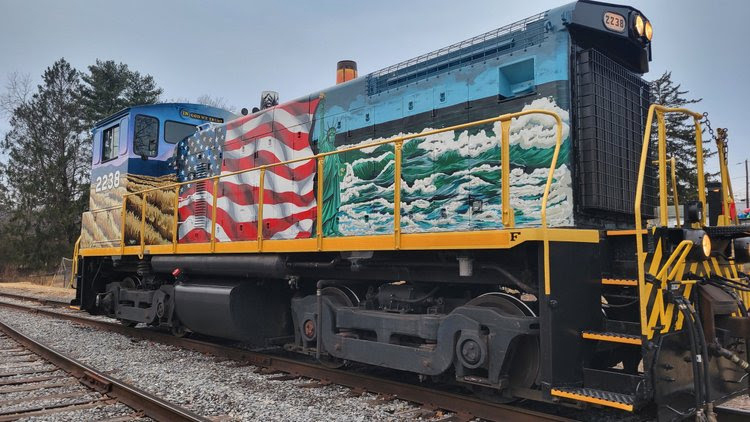
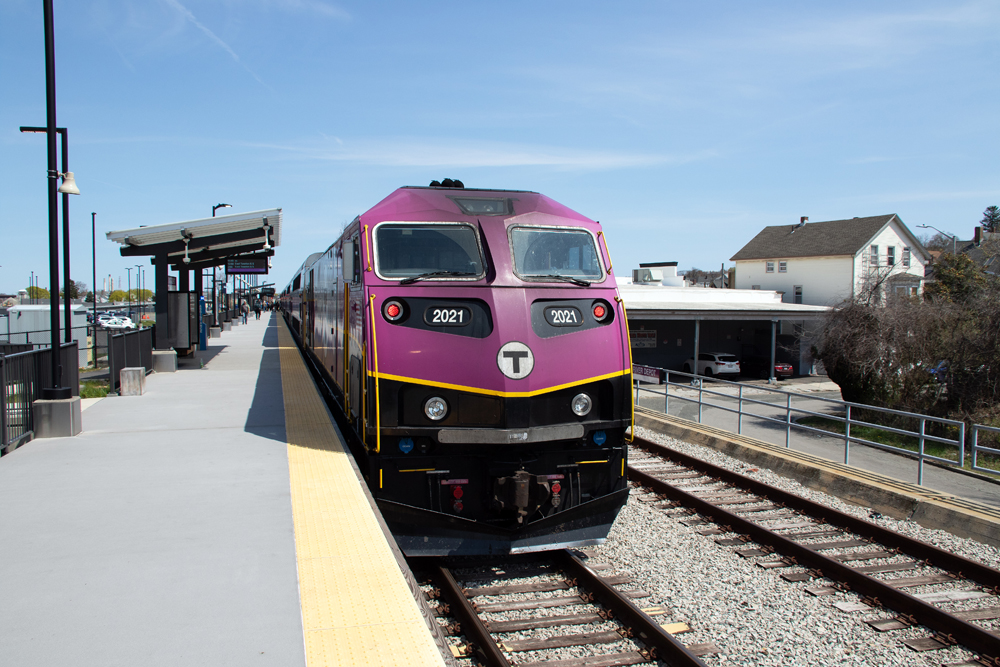
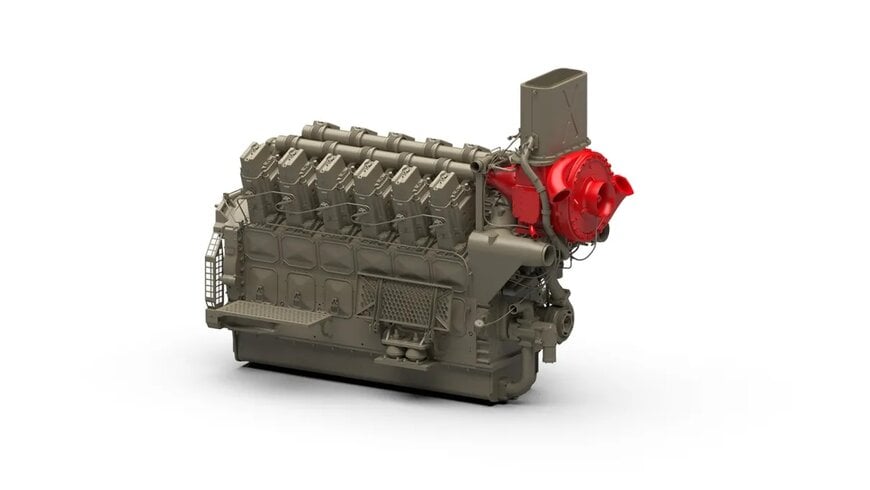
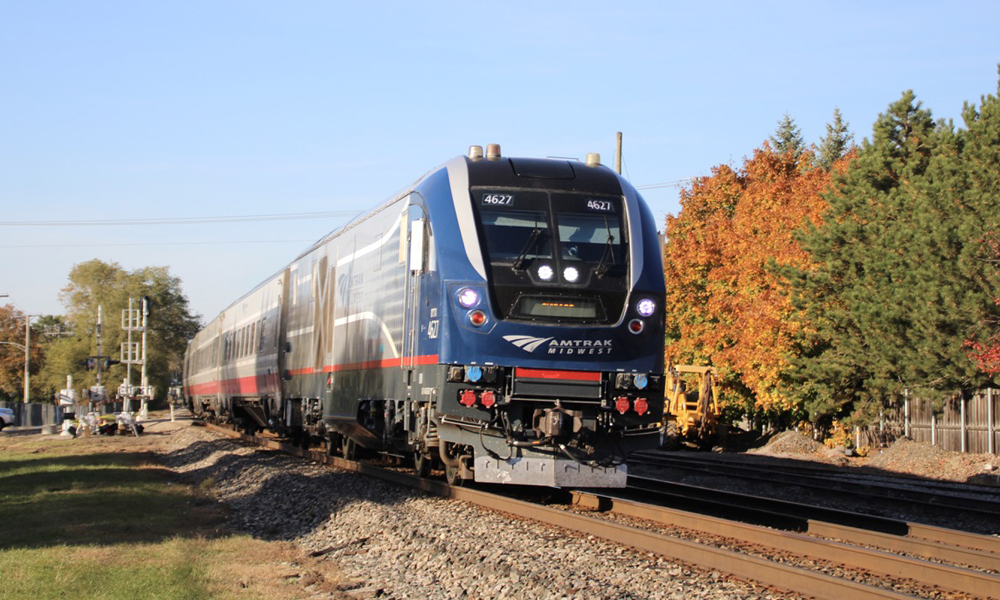
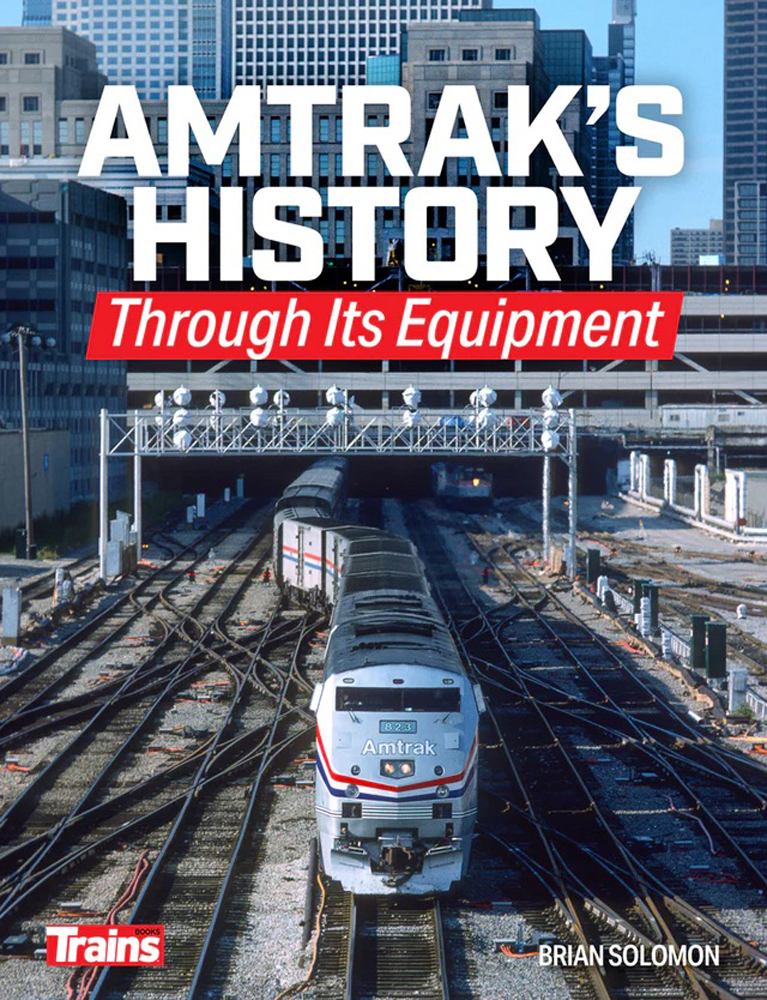
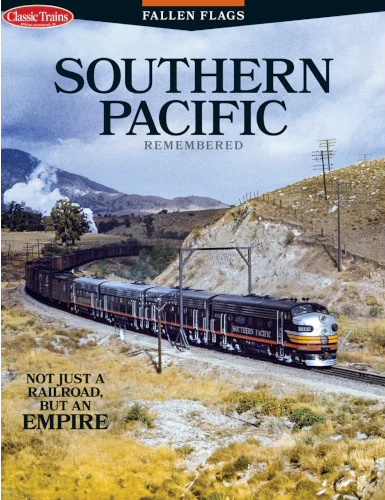
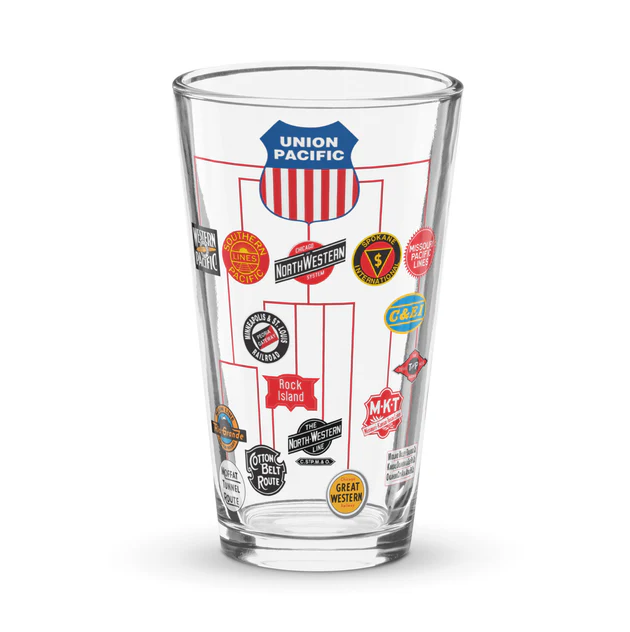
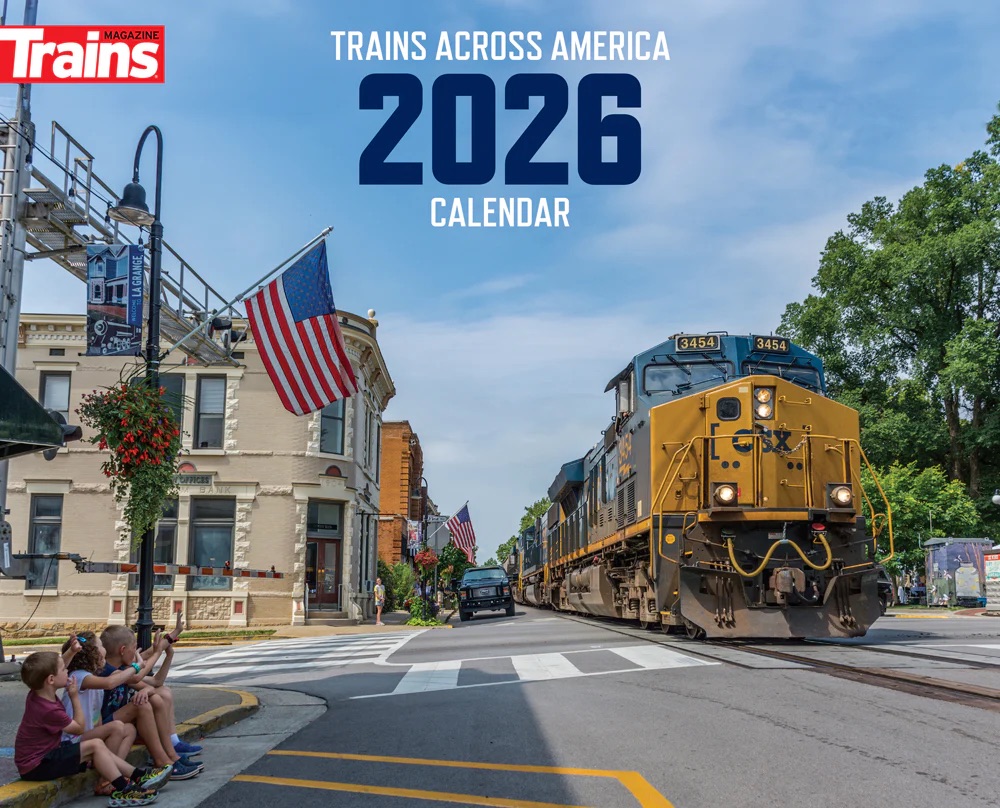
It would be interesting to know what other roads bought the MP15 and their disposition.
One minor comment on the phrasing of the title. I feel like “pressed” into service sounds like an unplanned or undesirable event. Something along the lines of “Mothballed steam locomotives pressed into service as flooded track precludes diesel traction through downtown Davenport.” Click bait perhaps, I know I checked it out thinking, “Oh, I wonder what happened, thrown rod?”
Once old switchers have been exhausted as fodder for frames, will someone come forth to fabricate or cast new ones?
While material and labor intensive, I see a frame as something that is relatively easy to design and fabricate. They are robust, so they tend to outlive other locomotive components and make them prime candidates for re-use. There may come a day where old frames are harder to come by, but I don’t think there will be much issue making new ones, especially for one off locos.
Locomotive trucks, particularly four axle trucks, on the other hand, I wonder about. They are more complex and something where having a “one of kind” is not ideal. It seems like the supply of second hand four axle trucks is going to dry up at some point as well.
Perhaps, but there are a lot of 4-axle switchers and road-switchers. New trucks wouldn’t need to be one-offs since they could support the rebuilding of a large number of models.